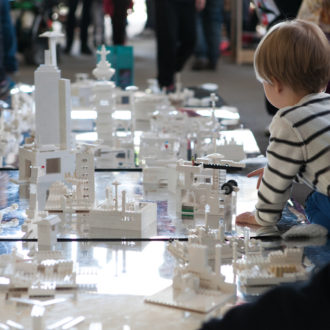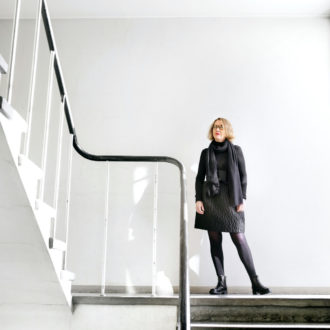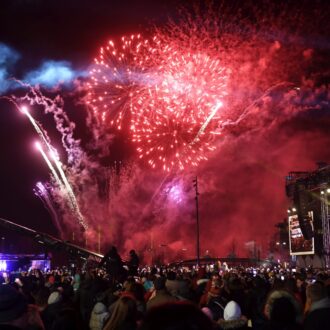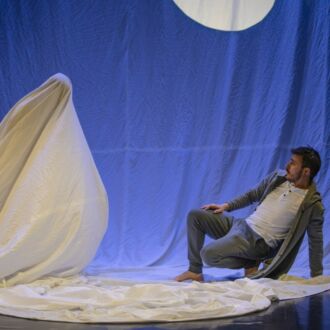Here’s a game anyone can play: the next time you rent a car, see how long it takes for you to reset the trip odometer to zero. Unless you are already familiar with the model, it will probably be some time before you navigate your way through the control panel and figure it out.
“With the increasing use of electronic solutions we see a lot of the old-fashioned usability is lost,” says Heikki Salo of ED Design, a company based in the coastal city of Turku on the southwestern tip of Finland. “Old cars had a tiny switch close to the odometer which was available instantly. Now it takes minutes to find out how to set the trip odometer.”
New technologies bring many advantages, but often they are neither aesthetically pleasing nor easy to use. But some Finnish companies hope to change that. Finland has a long history in both technology and design, and innovative firms are finding a happy union between the two. It all boils down to the age-old question of balancing form and function.
Inspiration from technology
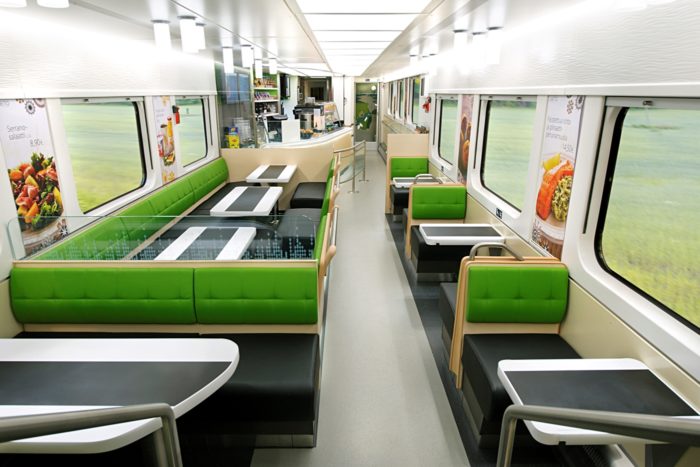
Link Design helped create new double-decker dining cars for the Finnish state railway company, VR.
Photo courtesy of Link Design
If you have taken a long train trip in Finland you’ve probably enjoyed some of Saara Anundi’s handiwork. She is the team leader for industrial design at Link Design, which helped create new double-decker dining cars for the state railway company, VR.
“You can get inspiration from seeing the new technologies as enablers for new uses or new types of products and services,” Anundi says. “For example, LED lights give the opportunity for new types of interior design solutions, which is an advantage especially in small places such as a train.”
A wide variety of people use trains, from young backpackers to the cleaning staff. To benefit them all, Link Design had to integrate the technology into the design, from high-efficiency ovens to automatic doors.
Anundi finds train projects inspiring. “Restaurant cars are important because travel times are long and people like them a lot,” she says. “They are kind of like a living room.”
Link has participated in a number of other jobs that integrate good design into technology, such as home automation, captains’ bridges on ships and smart ventilation systems.
“Our strong expertise in product design, product development and the integration of different fields of knowledge is the important foundation,” says Anundi. “One of the benefits of being based in Finland is that you can find both design and technical excellence here. Such synergy is important.”
Good design has the ingredients of good business
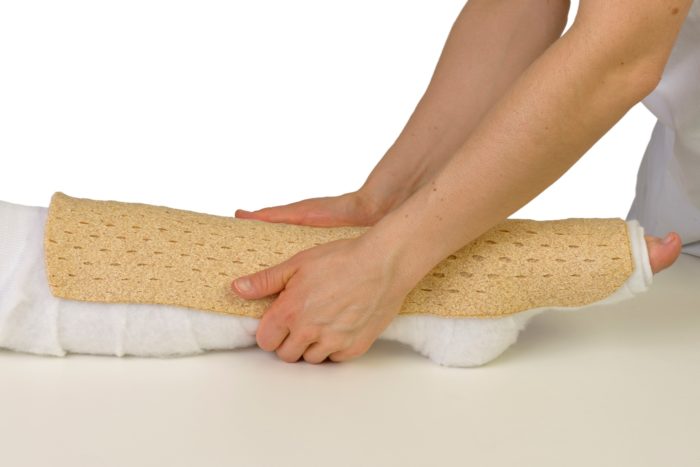
A hospital employee applies a wood-based cast by the Finnish company Onbone. ED Design designed a heater to warm up the material before application.
Photo copyright Onbone
ED Design is another Finnish company that specialises in projects in high-tech industries. In the health and wellbeing sector, their numerous designs have included patient monitors for GE and a heater to warm up wood-based medical casts for the Finnish company Onbone, as well as many other products such as X-ray equipment, anaesthesia machines, dentist’s instruments, measuring devices, and equipment for lymphatic care.
“A good design helps decrease the workload of healthcare professionals and increases the effects and good results,” says Salo. “The more value the system has for us, the more important the design is. What could be more important than our health?”
He says a successful design is based upon good usability, the effective use of technology, and understanding the needs of the market. He cites all the success stories coming out of the Finnish healthcare industry as examples of how well-balanced design has achieved good commercial results.
Back in 1982, Salo designed a high-tech home entertainment system that included a giant wall-mounted flat screen television. It had a remote control with widgets and a touchscreen, like modern smart devices. He saw a fundamental change in home entertainment four decades ago, and now he has advice for a fundamental change in the way people do business.
“A good design has the ingredients of a good business,” he says. “What we could do is to make use of more simple, everyday possibilities around us. What we need is the vision and belief that we can create value and strong brands.”
By David J. Cord, August 2016
